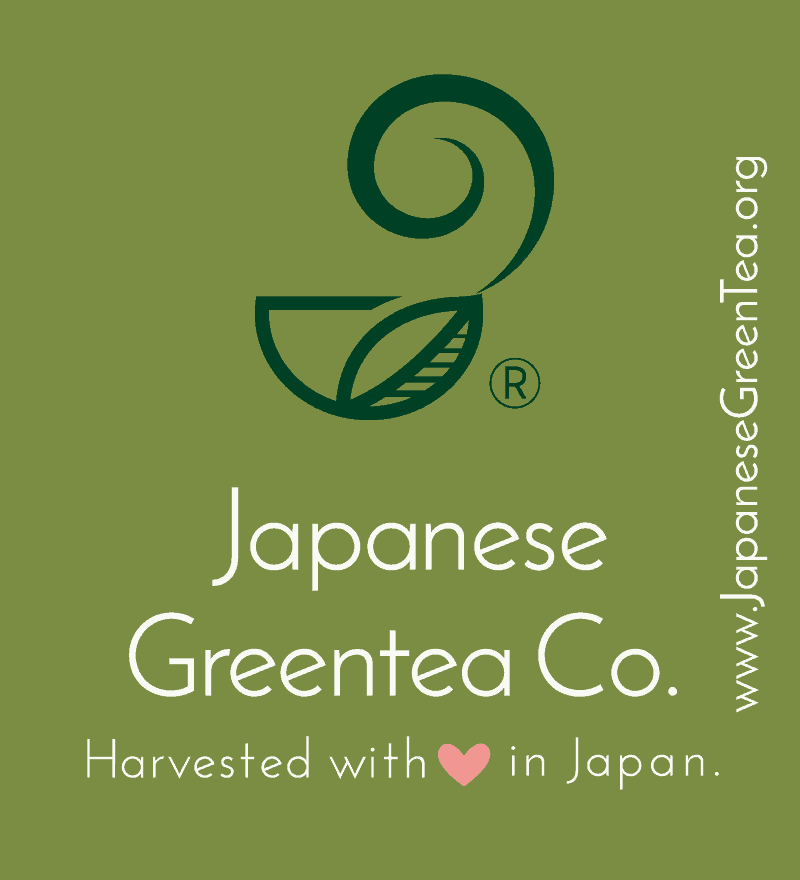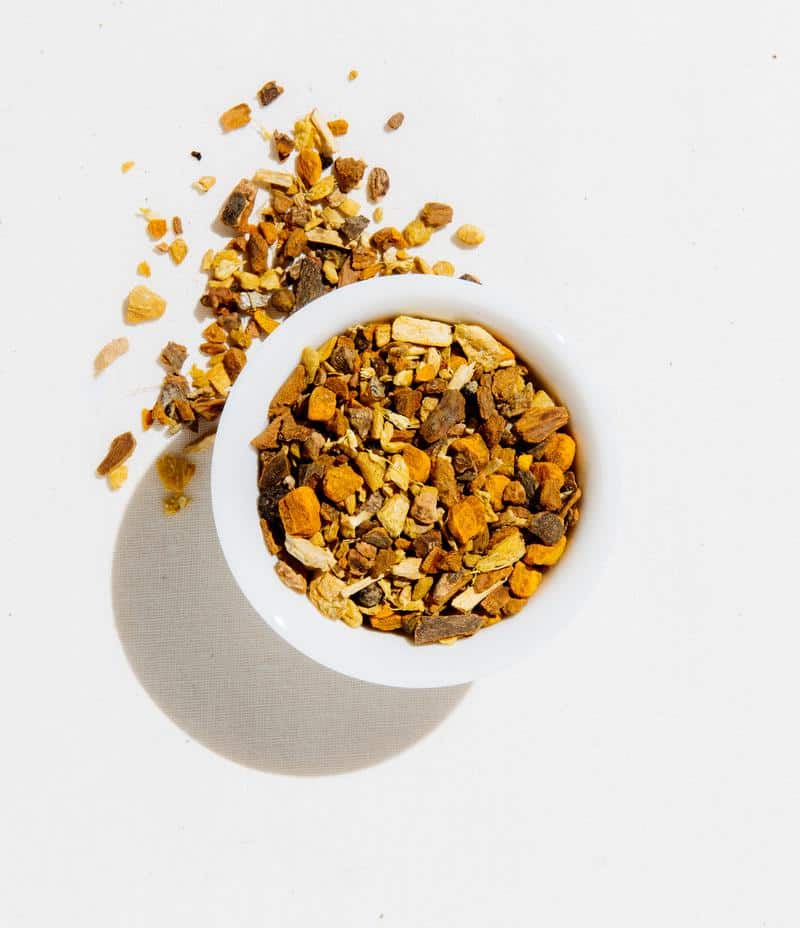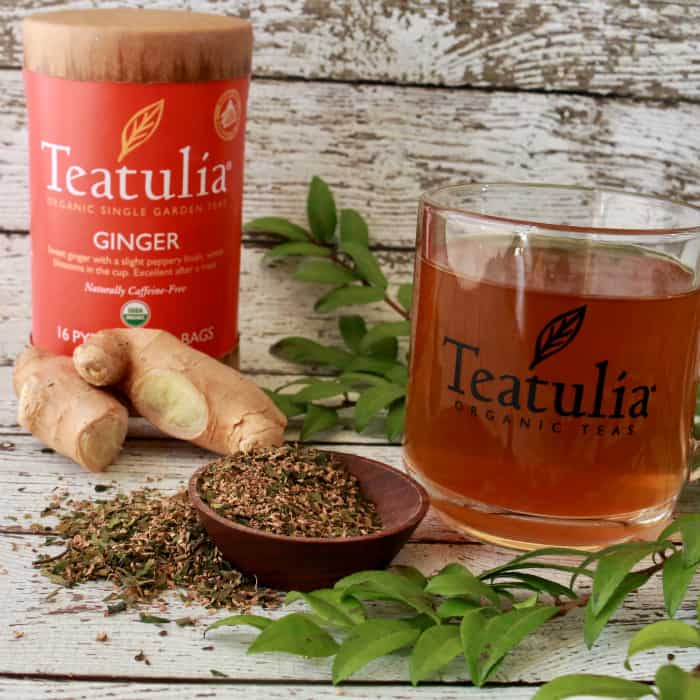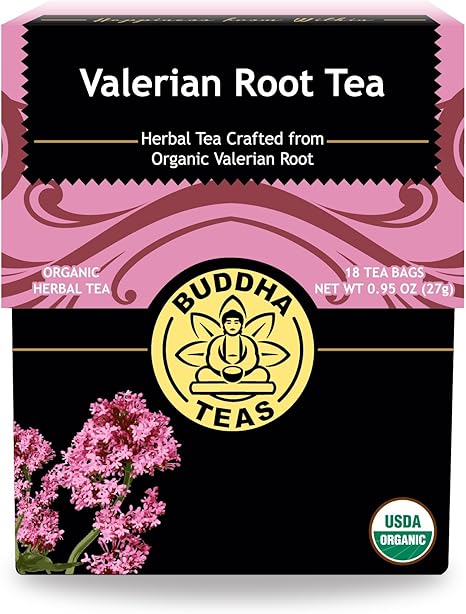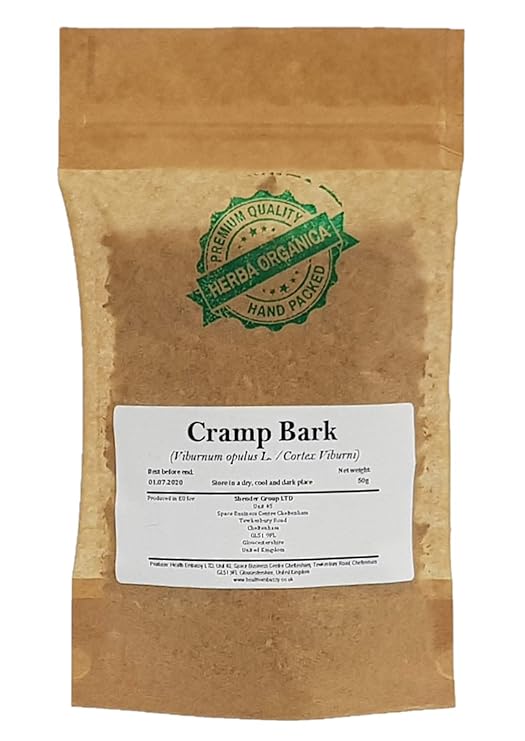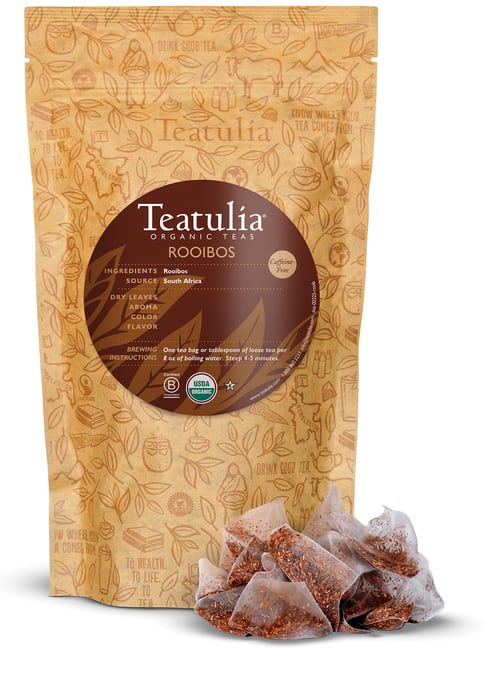I’m all about natural ways to heal my body and this was no different. I had started to exercise and my muscles began to ache. I’m also getting older where life has left me with specific aches and pains. Did you know there are specific teas for muscle pain. There are teas with anti-inflammatory properties that work to reduce pain and inflammation.
Oh my aching muscles (and joints)
Most of our aches and pains are due to inflammation. I know when I start to work out my body will ache. My aches and pains do not generally show themselves until day 2. I’ve already moved on to different exercises for the week and all of a sudden an ache. Most of the time I have to think back on what I did. Then I remember those squats or push-ups. Or maybe I was just mowing the grass or working on the new landscaping.
Other aches and pains can be due to age and or overuse, which means we have to move more and when we move more… we ache. It hurts and at times it leaves us immobile. Our joints may be swollen. We may not see it but we feel it. Our muscles could be red with inflammation.
We can also have an ache in our heads. :-). These are teas for that also.
We as humans no matter what age, size, race, or gender need to move more. We need to move our bodies. Most of us sit too much at our jobs. We sit too long playing a video game or binge-watch “that series” in one sitting. We need to move and when we do move we are going to ache, even hurt. Is it normal to hurt? What can you do for the body aches and pains? Can tea help joint pain? YES!
Teas and herbs bring healing to our cells and joints. They prevent damage and heal through their compounds and phytochemicals. The properties in the teas and herbs are easy to enjoy and do a powerful job of healing what ails us. Teas and herbs reduce inflammation that cause body and joint pain.
Tea gently enters our body, each sip brings us closer to our goal. Tea and herbs are not pharmaceutical treatments and do not act instantly. Herbal remedies take time but in that time the work they are doing is non-invasive and true. Herbal remedies in general do not burden other organs while trying to heal. You won’t hear a long list of cautions when dealing with herbal medicinals.
Let’s look at the list of teas that help back pain, joint pain and reduce inflammation and why.
Green tea
Gokyuzyo translates literally to "The Highest Grade" in Japanese. One of the best green teas from a favorite in my cup.
Ahhhh green tea! The least processed of all the teas. One of the better representatives of the healing properties of tea. Green tea contains polyphenols which in other languages are EGCG (epigallocatechin-3-gallate).
Crohn’s or Irritable bowel syndrome – Green tea is said to relieve the pain of some bowel inflammatory diseases.
Rheumatoid Arthritis – Green tea has been shown in this study on animals to block the effects of rheumatoid arthritis without harming any cellular functions. This is promising and gives hope to future use of green tea soothing muscle pain.
Caution: Green tea does contain caffeine. Green tea can also interfere with the properties of acetaminophen, codeine, and other drugs.
Black tea
Fat and strong leaves, slightly curly, dark brown, and shiny in color
Taste soft and sweet, potato and floral aromas intertwined, with a special "cong” flavor
Inflammation – Tea is one of the most researched drinks. When it comes to the benefits of healing inflammation and arthritis
Arthritis – Fermented and dark,
Caution:
Chamomile
Chamomile is characterized by its slight chrysanthemum aroma, soothing, mild, and pleasant. It is an ideal daily tea for both busy workers and older people due to its natural ability to reduce worry and stress.
Chamomile is known by many as a calming tea. Most drink it at night to help them fall asleep or calm their nerves.
Osteoarthritis – Chamomile has another mighty benefit. This study shows that chamomile oil decreased the analgesic demean of patients with knee pain from osteoarthritis.
Inflammation – Chamomile does contain chemical compounds that help fight inflammation. Chamomile contains flavonoids that help fight inflammation. This study shows how chamomile slows the progression of osteoporosis.
Ointment – Chamomile may be brewed, chilled, and dip a cloth into the chilled brew to apply to achy joint areas.
Caution: Chamomile may cause drowsiness or vomiting in large doses. Some may be allergic to chamomile.
Turmeric
An invigorating blend of turmeric, ginger, cinnamon, and other fragrant spices, this loose leaf blend draws from Ayurvedic principles to energize and awaken your mind and body--all without caffeine! This autumnal tisane brews to a beautiful copper hue and can be enjoyed at any time of day.
Turmeric like ginger is a spice that is often used in cooking. Chinese medicine and Ayurvedic medicine often draw on the healing properties of turmeric.
Rheumatoid arthritis – Turmeric is an herb that is edible and also can be brewed into a hot “tea”. You will know turmeric by its beautiful yellow golden color. Turmeric has been noted in studies to help reduce the inflammation of rheumatoid arthritis. It may also relieve the pain of joints and muscles from soreness from exercise.
Muscle Aches / Pains – One of the better know herbs to help relieve the pain and swelling of muscles. Sometimes used as a paste and applied to the back muscles to relieve muscle pain.
The active ingredient in turmeric is curcumin. Curcumin is the ingredient responsible for the relief you may feel.
Caution: Avoid turmeric in large doses as it has a blood-thinning effect.
Ginger
What Is Ginger?
Ginger (Zingiber officinale) is a tuber that has been traditionally used as a food, spice, and medicine.
A warm, rich, and spicy herbal blend of ginger and vasaka. Peppery with sweet overtones.
Do you know there was a time in my life when I would not try ginger? Ginger will heat you up. If you have problems being chilly or cold, pour yourself a cup of ginger tea. You will warm right up.
Inflammation – For centuries ginger has been used to suppress inflammation. Ginger also suppresses hormone-like substances that cause pain. That same ginger has over 50 different antioxidant compounds to protect against inflammation.
Caution: Ginger can act as a blood thinner so be aware when using or interacting with blood-thinning medications.
Peppermint
Tannic with a nose of brambles and thickets.
Treat yourself to a rich, buttery peppermint. An herbal tea staple with a loyal following.
While ginger is warming, peppermint is cooling. For hundreds of years, the benefits of peppermint and inflammation have been known.
Headaches – Peppermint contains phenols and flavonoids like eriocitrin, luteolin, and hesperidin. The cooling effect of the peppermint leaves, as well as the peppermint smell, are known to relieve headaches.
Relax Muscles – If you have muscle spasms and pain tries some peppermint tea to smooth those aches and pains.
Shingles – Peppermint has been known to ease the pain of shingles.
Muscle Pains /Spasms – If you have muscle spasms and pain tries some peppermint tea to smooth those aches and pains.
Most people love the taste of peppermint. You can even bathe in peppermint leaves to bring a whole-body experience. Peppermint tea is antibacterial, antiviral, and anti-inflammatory.
Caution: Peppermint tea may cause heartburn and GERD (gastroesopageal reflux disease). It may cause allergic reactions.
Dong Quai
Dong Quai Lady's Herb Tea (Tangui Lady's Herb Tea), an excellent drink flavored with jasmine flower, is made of the Chinese herb Dong Quai (Angelica Chinensis) grown on the pollution-free high plateau of northwest China.
A root is used to make medicine. It has been used for a thousand years or more in Japan, China, and Korea.
Joint Pain – Science has proven the beneficial effects on inflammation as well as pain relief and muscle relaxation. Dong Quai is rich in vitamin E and minerals for vital energy. Dong Quai is also used as a restorative tea for muscles and joints.
Caution: High doses can make you sensitive to light. That sensitivity can cause inflammation and rashes on the skin.
Valerian Root
Valerian root tea is a great herbal remedy to keep on hand and is also valued as a relaxing warm beverage that can be enjoyed just before bed.
Anti-Inflammatory – Valerian root is shown in his study to have anti-inflammatory and analgesic properties. Valerian root is a flowering plant native to Europe and Asia. Valerian root contains GABA, a neurotransmitter that has anti-inflammatory effects.
Caution: Safe when taken between 4-8 weeks. Valerian root may cause stomach upset, headaches, dry mouth, and strange dreams. May interfere with some pharmaceuticals
Cramp Bark
Cramp Bark is one of the best female regulators in the herb world. It is a uterine calming, aiding in menstrual cramps, after birth, and postpartum pains.
Cramp bark is a plant native to Europe. It can also be grown in the United States and Canada.
Sore Muscle – Cramp Bark is Mother Nature’s remedy for muscle tension. There have been promising studies about the effects of pain relief when using Cramp bark. Cramp bark also contains flavonoids and carotenoids.
Antispasmodic Properties – As a tea Cramp Bark has antispasmodic properties. Those properties relieve backaches and muscle tension.
Rooibos
Large, long needles.
Full-bodied South African classic that’s equal parts floral and nutty
Rooibos is often called a tea but it is actually a bush. The bush is found mainly in South Africa.
Bone Support – There is no caffeine in rooibos. Rooibos does not contain a lot of vitamins and minerals. It does contain powerful antioxidants that help fight inflammation. This study does show some evidence of bone support with rooibos.
Caution: Some enzymes within rooibos are linked to an increase in liver enzymes and the production of estrogen.
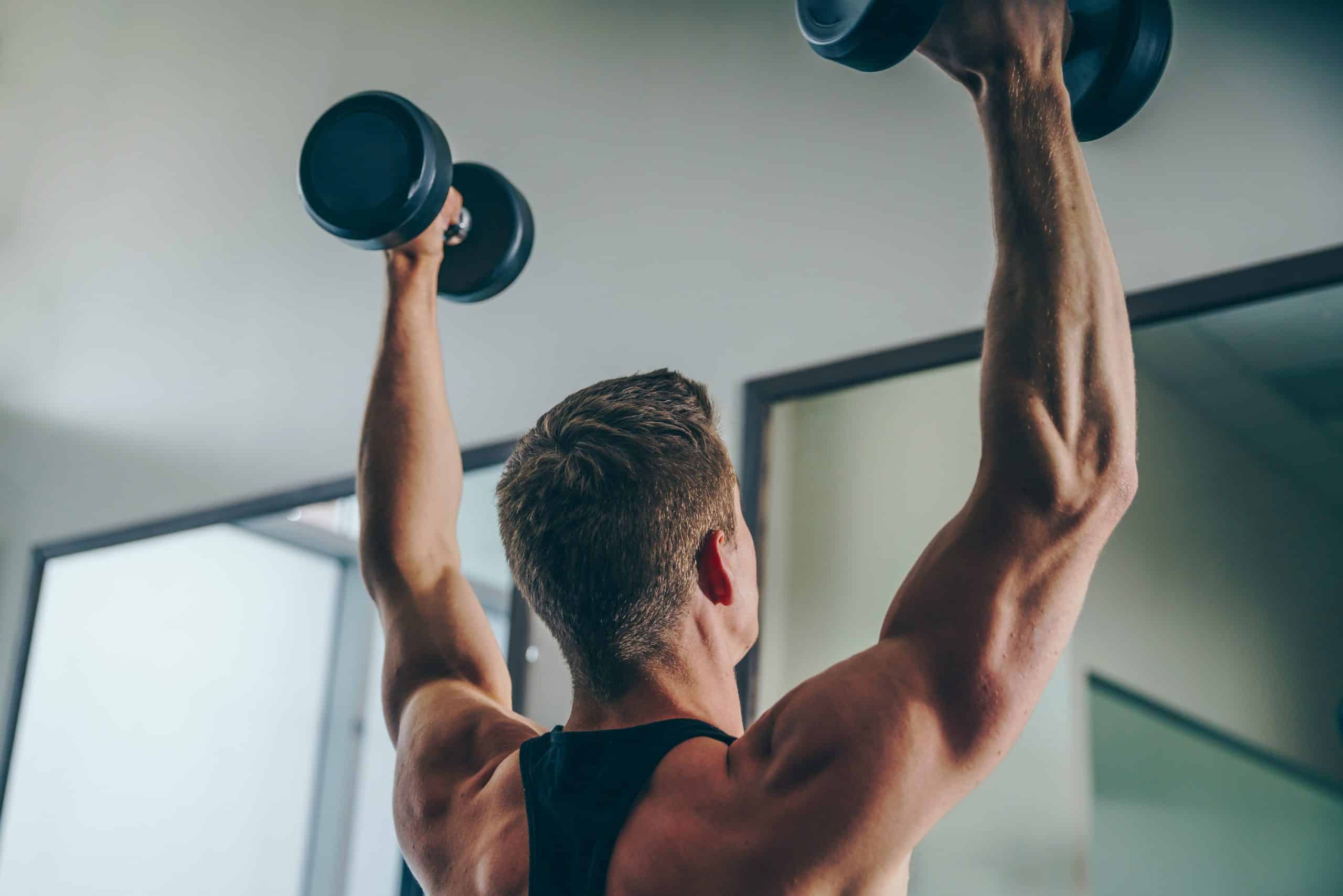
Conclusion
Not only are drinking the above herbs and teas good for Back , joint pain and sore muscle but you can also use them as salves and ointments. Remember smelling like camphor? Not anymore, you can replace that smell with peppermint, chamomile, or a combination of herbs and teas to do the job.
While salves are good I like the idea of drinking a cup of perfect tea for sore muscles. Grab a book, or a comforter, and get your cup of soothing anti-inflammatory tea.


